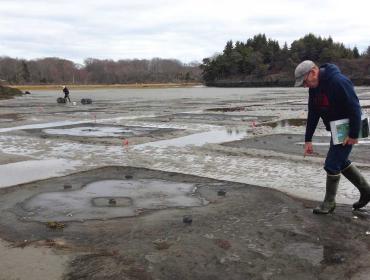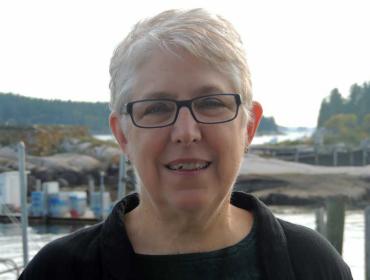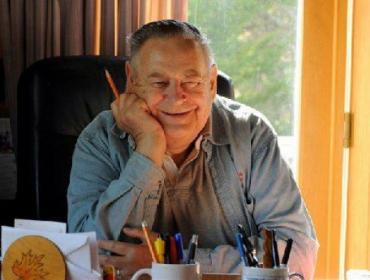Posted May 21, 2019
Last modified May 23, 2019
By Rob Snyder
Leadership, I learned at a young age, was a trait you inherited at birth. Or you didn’t.
I am fortunate to have come from a family that instilled in me the expectation, supported with a lot of loving communication, that someday, I would lead something.
In my teens and 20s, I was leaning toward leading bike shops for a living. My parents scratched their heads. From their perspective, today, leading the Island Institute as its president counts as fulfilling the leadership expectation.
This expectation was invaluable encouragement while I was growing up. I recognize that many don’t receive this sort affirmation from their families. Unfortunately, if you believe that leadership is innate, you may also believe it can’t be taught. And I know that isn’t so.
Excellent community development work, which is what the Island Institute strives to do, requires assuming that leadership is, in many senses, innate in us all. We need to understand and believe that everyone can lead, and that in fact anyone can step up and take responsibility for creating a better future.
The best anecdotal evidence supporting this conclusion is that few, if any of the select board members I’ve met over the past 16 years had formal training before taking on leadership roles in their towns. They stepped up to do a job that needed to be done, and they learned on the job.
They may also have run out of excuses as to why they couldn’t do it.
Either way, my point is that in small communities, almost everyone has to play a leadership role at one point or another, and this is helpful to think about when considering how we build a better future.
We are alive in a time in which more and more leaders are needed for every corner of our society to solve increasingly complex problems. This means that one of our roles at the Island Institute must be supporting the leadership potential in everyone.
This past week, I worked with my leadership coach, Carole Martin, to host a retreat with the Island Institute’s management committee. Reflecting on our experience along the coast of Maine, we sat together and agreed that if leadership could be developed in all corners of a community, then with the right support, leadership could—and should—also be developed within all of our staff.
This may seem obvious to some, but it is a critical starting point in building an organization’s culture so it can adapt to change more effectively.
We looked inward across the staff and at the traits we admire in community leaders, and we came up with a set of straight-forward leadership characteristics that we see in the best problem solvers around us:
- They start things
- They fix things
- They build things
- They cooperate
- They are awake to the world around them
Yes, it is simplistic. That is the point. From this vantage point, anyone can lead if they feel a sense of responsibility to act when they see a problem or identify a challenge. This applies to those inside the Island Institute, leading an island or coastal community, or starting a business along our coast.
We are alive in a dynamic time of struggle over what leadership means, between those who view the world holistically and are interested in shared forms of leadership to address complex problems, and those who seek simplicity, hierarchy, and want to build walls.
Successful leaders in the current era must be able to move back and forth between these two ends of the leadership continuum, changing style and language as needed to work effectively in a changing world.
By breaking leadership down into something attainable by the greatest number of people, we can expand the ability for everyone around us to contribute to a brighter future.
Rob Snyder is president of the Island Institute, publisher of The Working Waterfront.Follow Rob on Twitter @ProOutsider.

Contributed by




